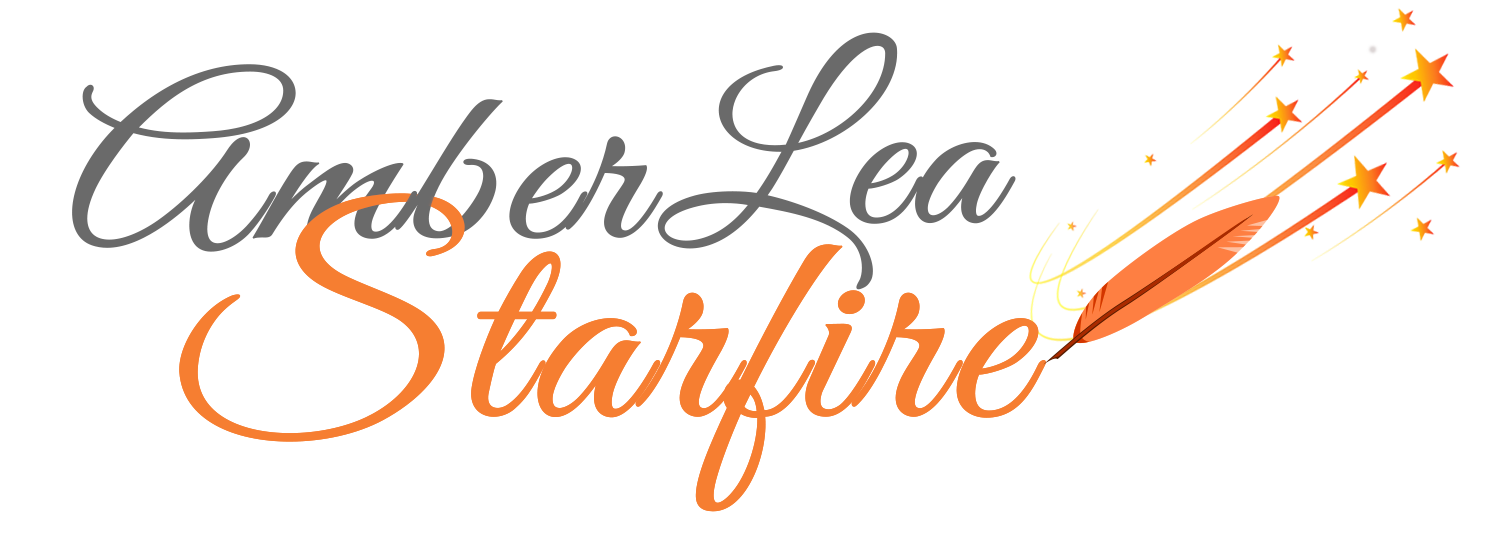Just take the three topics I blog about: journaling, memoir, and publishing.
Journaling hasn’t changed much since the invention of paper and pen. We might have called it “keeping a diary,” or “journal writing,” or “daily records,” and we might have had different purposes for different journals, but the result has been pretty much the same: someone took pen or pencil to paper and recorded events along with their thoughts, feelings, and analyses of those events. Maybe we added paints or colored pencils for emotional expression. Perhaps we created different techniques to help us articulate our thoughts. Overall, journaling has been pretty easy and simple.
Yep, journaling hasn’t changed much … until recently. With the advent of digital journaling, we suddenly have the capacity for multimedia journals. I don’t know how many of us have incorporated these features — I know I pretty much stick to the written word — but if I wanted, I could include photographic images, sound, video, annotated documents, digital art or pictures of tangible art. Can Facebook and Twitter be used as forms of digital journaling (and maybe they already are)? With digital journals, I can share content between different journals, add tags, post and share selected content, and create derivative art. What might journaling be like if we took advantage of all of technology’s capabilities?
Memoir is a true story of part of a person’s life as told by that person. In the last 20 years, we’ve seen a trend away from fact-based autobiographies and toward theme-focused memoirs that read like novels, but the basics of memoir are the same. However, what happens to memoir when we add the same digital capacities I listed for journaling? Will memoirs of the future include video, music, drawings, 3-D images? Will we be able to touch a memoir and experience the emotions of the author? (Think Brave New World.) And that brings me to publishing …
Books were copied out laboriously by hand on parchment for hundreds of years. Along came the printing press, and voila, a publishing revolution. We have seen the same kind of revolution with the advent of e-books and Print on Demand (POD) publishing, which have opened publishing to the unwashed masses (meaning normal people). E-books can link to web pages and include multimedia presentations, though that technology is still complicated for the typical self-published author. When you consider the technological advances of recent years — Google glasses, fitness watches, and cars that drive themselves — and you consider that technology advances exponentially, one can only ask, What’s next?
What do you think? (How good is your imagination?) What might journaling and memoir writing and publishing be like in 100 years?
Here’s to a phenomenal new year!
______________________________________________
Photo Credit: Alex Dodd via Compfight cc







I recently wrote a short memoir about my young, single years–about 20,000 words with as many photos as I could find and scan. As a Christmas gift for a blind friend, I recorded the entire memoir, using Garage Band on my Mac. I’ve had many requests from family and friends who want the CDs. They tell me the anecdotes mean much more when they can hear the emotion in my voice. I wish I knew how to combine the two technologies.
Dorothy, what a wonderful gift of legacy you have created for your family and friends! I’m not sure how to combine the technology myself, but I know it’s possible. I think that the ibooks author application has a way to integrate sound and text.
Journaling by thought transference!
Oh, yeah! So easy … but how would we control it?
I think the future will see an upsurge in handmade papers and books. With so much technology removing old-school creativity, the human mind will thirst for hands-on activity.
Don’t look now, but it has begun. Several of the books on my shelf are how-tos for just such things: Artist’s journals, altered books, memoir in watercolor, and how to make assorted papers.
I haven’t tried them all but all of them are in my immediate future. I don’t have 100 years. : )
Patsy, you may be right. There’s a “high tech/high touch” principle which states that the more technology we employ the higher our need for “touch,” for the tactile. I read that in 2014 there was an upsurge in the purchase of old, vinyl records. And yet … we may see an upsurge in handmade papers, but will it go mainstream? I don’t think so.